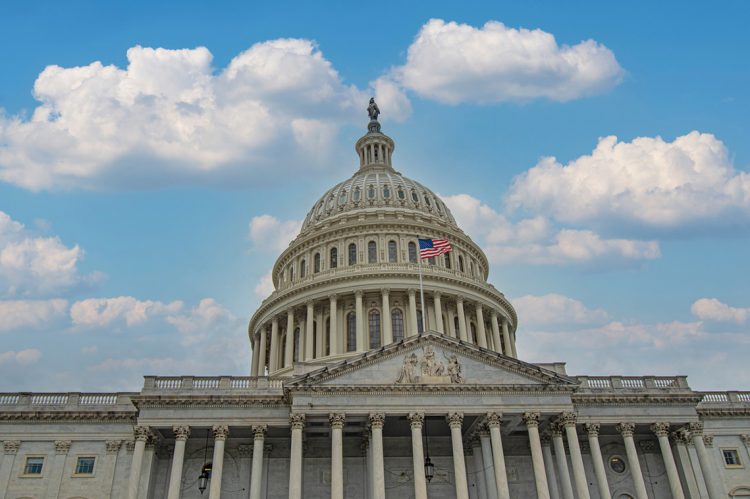Following more than two months of (generally) good news on inflation, the Federal Reserve appears ready to begin scaling back its aggressive approach to rate hikes, with the perception that policy choices so far have begun to tame price increases.
At its most recent meeting, Fed Chair Jerome Powell announced a 50-basis point rate hike, following multiple 75-basis point hikes. The smaller hike was telegraphed by Powell, as the central bank appears at least partially satisfied by how the economy has responded to an aggressive intervention this year.
“Data received for October and November show a welcome reduction in the monthly pace of price increases, but it will take substantially more evidence to give confidence that inflation is on a sustained downward path,” Powell said at the press conference following the announcement.
Maybe more notably, though, in its statement outlining projections for the future, the Fed indicated that it was less optimistic about 2023, anticipating higher unemployment, lower GDP and a higher federal funds rate than previous projections.
Unemployment will reach 4.6%, GDP will rise a minimal 0.5% and the funds rate is expected to remain at 5.1%, according to the Fed. That last number is especially notable, indicating that the central bank intends to hold rates at a higher level for an extended period of time, and in September, the projection was a 4.6% rate for 2023.
Markets responded negatively to the announcement, with the Dow plummeting 300 points and the S&P 500 falling around 40.
Since admitting that inflation was a persistent problem earlier this year, Powell seemed determined to avoid a wage-price spiral and some of the more dire consequences caused by runaway inflation in the 1970s, indicating that he would push the economy into recession if that were the only way to get price increases under control. His aggressive raising of the Fed’s fund rate over the summer pushed mortgage rates up faster than at any time in history.
But after consecutive months of positive data on the economy and inflation, mortgage rates have also begun falling, down 0.75% in the last 30 days, according to Freddie Mac. The National Association of REALTORS® recently predicted that rates would “settle” around 5.7% in 2023.
Plenty of uncertainty still remains around how the Fed will achieve the “soft landing,” seeking to avoid a recession in the next few months. How long the Fed will keep interest rates elevated had already worried many observers before these new projections, with Powell indicating that he might hold rates up “for some time.”
“We’ve covered a lot of ground. And the full effects of our rapid tightening so far have yet to be felt,” said Powell at the press conference following the announcement. “Even so, we have more work to do.”
Dr. Lisa Sturtevant, Bright MLS chief economist, said in a statement that there could still be good news for mortgage rates coming into the new year.
“We have seen, in particular, that the gap between the yield on the 10-year Treasury and the 30-year fixed-rate mortgage rate is larger than it is typically,” she noted. “Therefore, there is still an opportunity for mortgage rates to come down. Lower mortgage rates will provide a boost to housing demand, which has fallen to levels not seen since the middle of the last decade.”












